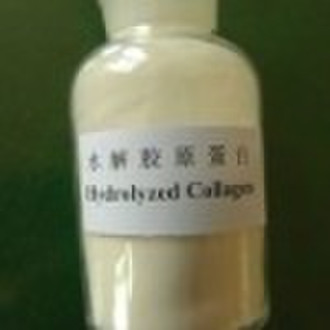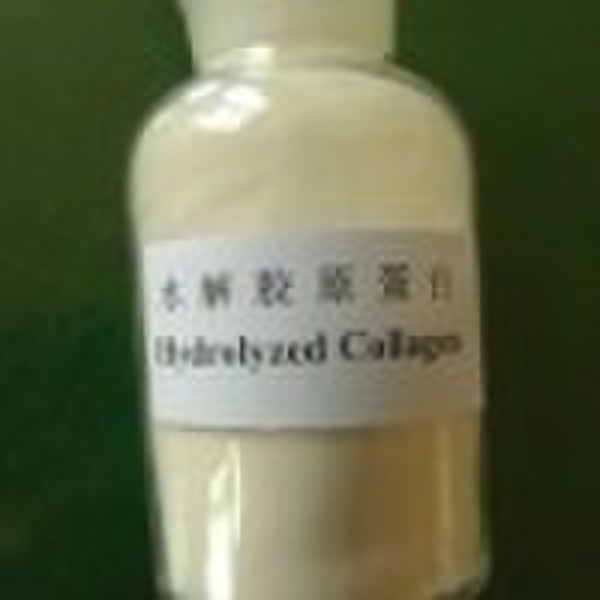Каталог
-
Каталог
- Автомобили и мотоциклы
- Безопасность и защита
- Бизнес
- Бытовая техника
- Бытовая электроника
- Детали машин и услуги по их изготовлению
- Дом и Сад
- Здоровье и медицина
- Игрушки и хобби
- Изделия из металла
- Измерительные и анализирующие приборы и инструменты
- Инструмент
- Красота и личная гигиена
- Мебель
- Мероприятия по охране окружающей среды
- Минералы и металлургия
- Модные аксессуары
- Обувь и аксессуары
- Одежда
- Освещение
- Подарки, сувениры
- Продовольственные товары и напитки
- Промышленное оборудование и техника
- Резина и пластмассы
- Сельское хозяйство
- Специальное оборудование
- Спорт, отдых и досуг
- Сток
- Строительство и недвижимость
- Текстиль и кожа
- Телекоммуникации
- Товары для офиса, учебы. Канцтовары
- Транспорт
- Упаковка и печать
- Химикаты
- Часы, Украшения, Очки
- Чемоданы, сумки
- Электронные компоненты, оборудование, принадлежности
- Электротехническое оборудование и принадлежности
- Энергия
Filters
Search
гидролизованный животный белок
ориг. цена: 1 000 USD
Хэншуй, Китай
Объем производства:
150 Тонна / Месяц

Sunny Yang
Контактное лицо
Основные данные
| CAS никакой. | 9000-70-8 |
|---|---|
| Другие названия | Technical Gelatin |
| МФ | C6H12O6 |
| Регистрационный номер EINECS | 232-554-6 |
| Степень чистоты | 80-90% |
| Место происхождения | Hebei China (Mainland) |
As one kind of white or light yellow low molecular mass polypeptide powder, Hydrolyzed animal protein consists of 18 kinds of amino acids, which possesses many characteristics, such as Protection to gelatin, surface activity, being Membranous, wetting property, stability and ease of solubility. It has buffer ability to Acid or alkali. It is widely used in many special food industries, as drinking nutritive medium, fruit milk, drinking, cosmetic, bonny and diet food, condiment, bread, instant noodle, amino acid granules, and so on; it is also widely used in other aspects as protecting skin and hair and other medical industries, all of which are strictly produced according to QB 2732-2005. We can provide clients SGS or ITS services and CIQ Veterinary (Health) Certificate and Commercial Inspection Certificate. . PRODUCTION PROCESSIn OUR members’ industrial sites, gelatine is produced in technological industrial installations in a complex procedure involving several stages. The input material is the connective tissue of pigs, cattle, poultry or fish. The collagen protein is removed from the pig, calf or cattle skin as well as bones and is processed to form gelatine. The final product gelatine is a pure source of protein. Pre-treatment First of all, the fat and minerals are removed from the raw materials. Afterwards two different pre-treatment methods are used, depending on the raw material and on the final application of the gelatine. Alkaline procedure The connective tissue of cattle is highly interconnected and is therefore pre-treated with lime in a process lasting several weeks. This brings about a gentle change to the collagen structure. After this treatment, the collagen is soluble in warm water and can thus be separated from the rest of the raw material. Acid procedure The collagen connective tissue from pigskin is not so heavily interconnected. Here, a one-day acid treatment with subsequent neutralization and the intensive rinsing out of the salts is sufficient to extract the collagen. Extraction The pre-treated raw materials are now treated with hot drinking water and extracted in several stages. The temperature of the hot water is a parameter for the jelly strength: the lower the temperature of the water, the higher the gel strength (bloom value) of the extracted gelatine. Cleaning The extracted solutions are freed of traces of fat and fine fibres in high-performance separators. Even the finest impurities are removed by filtration, in a similar way to the beverages industry. In a last purification stage the gelatine is freed of calcium, sodium, residual acid and other salts. Thickening The gelatine solution is now concentrated in vacuum evaporators and thickened to form a honey-like solution. Drying The highly concentrated gelatine solutions are sterilized, cooled, set and dried under strict hygienic conditions. In this process, “gel noodles” are formed that are ground into grains when dry. The quality and purity of the gelatine is ensured by detailed quality control. All of these steps are indispensable for gelatine manufacture and have been used for decades to manufacture high-quality gelatine. In OUR members’ industrial sites, gelatine is produced in technological industrial installations in a complex procedure involving several stages. The input material is the connective tissue of pigs, cattle, poultry or fish. The collagen protein is removed from the pig, calf or cattle skin as well as bones and is processed to form gelatine. The final product gelatine is a pure source of protein.
Условия поставки и упаковка
Packaging Detail: 1)Kraft bag outside and plastic bag inside2)Woven bag outside and plastic bag inside Delivery Detail: 15-30DAYS
Порт: TIANJIN
Условия оплаты
Аккредитив
Электронный перевод
-
Способы оплаты
Для оплаты товаров и услуг на нашем портале, Вы всегда получаете счет, в котором Вам необходимо самостоятельно указать свои данные.
Мы принимаем к оплате:









